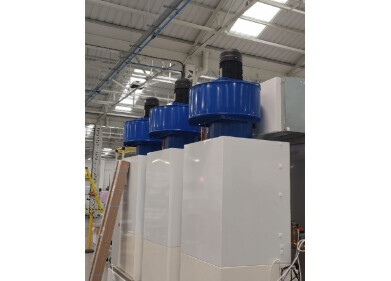Laboratory Products
Reliable Sterilisation of Coronavirus Particles
Jul 14 2020
Exhaust air filtration in autoclave steam sterilisation is extremely important, especially in light of the current coronavirus epidemic. And while FFP masks and various filters with a pore size of 0.2 μm are theoretically incapable of catching pure COVID-19 particles, tests show that the exhaust air filtration in Systec autoclaves reliably prevent hazardous aerosols from escaping during the autoclaving process.
Systec products filter exhaust air by means of an autoclavable sterile air filter inside a filter housing and a PT-100 temperature sensor. All air displaced from the autoclave is passed through the filter and, as a result, the microorganisms are retained in the filter. The filter is also sterilised ‘inline’ during the sterilisation process in order to inactivate the microorganisms contained in it. The temperature inside the filter housing is monitored by the PT-100 temperature sensor. During the heat-up and sterilisation phases, the condensate is retained in the pressure vessel and also sterilised safely. Exhaust air filtration and condensate sterilisation prevent any viruses or germs from escaping before the end of the sterilisation phase.
The filtering medium used by Systec GmbH is an autoclavable sterile air filter in the form of a PTFE membrane filter cartridge with a pore size of 0.2 μm. The filter cartridge is located in a pressure-resistant housing and can be replaced quickly at any time. The PTFE membrane is additionally protected by polypropylene nonwoven fabrics on the upstream and downstream sides. External support bodies and end caps made of a special, heat-stabilised polypropylene as well as internal support bodies made of stainless steel ensure exceptionally high thermal resistance and mechanical strength. The filters are monitored via a maintenance counter, with a replacement interval of 150 cycles.
To ensure a validatable filtration, the heating temperature of the autoclave is monitored throughout the process via the PT-100 temperature sensor (class A). At the same time, this sensor ensures that the filter cartridge is heated to a temperature that enables the safe inactivation of filtered particles. In the event of any deviation from the prescribed process sequence, the autoclave is put into a fault mode, which prevents the outflow of contaminated exhaust air. The integrated user management functionality prevents unauthorised access.
More information online
Digital Edition
Lab Asia 31.2 April 2024
April 2024
In This Edition Chromatography Articles - Approaches to troubleshooting an SPE method for the analysis of oligonucleotides (pt i) - High-precision liquid flow processes demand full fluidic c...
View all digital editions
Events
Apr 24 2024 Jakarta, Indonesia
Apr 25 2024 Istanbul, Turkey
Apr 28 2024 Montreal, Quebec, Canada
May 05 2024 Seville, Spain
InformEx Zone at CPhl North America
May 07 2024 Pennsylvania, PA, USA
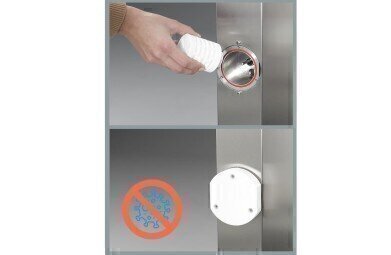
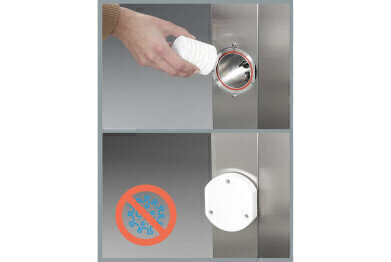
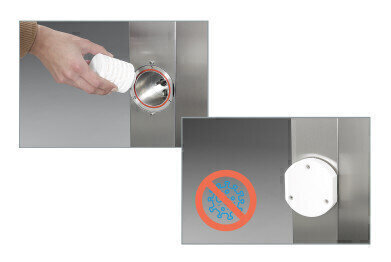
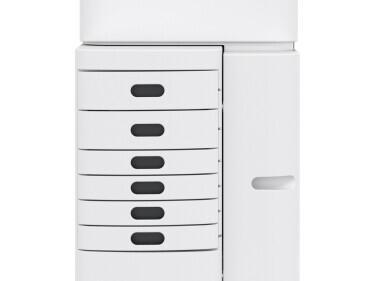
.jpg)
